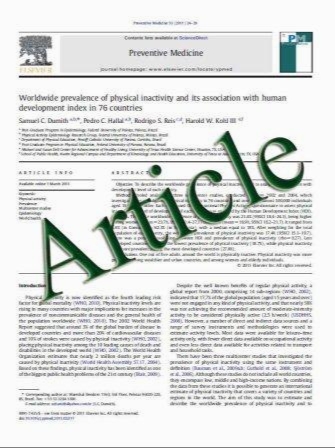The influence of graft choice on isokinetic muscle strength 4–24 months after anterior cruciate ligament reconstruction
- نوع فایل : کتاب
- زبان : انگلیسی
- مؤلف : Sofia A. Xergia • Jodie A. McClelland • Joanna Kvist • Haris S. Vasiliadis • Anastasios D. Georgoulis
- چاپ و سال / کشور: 2011
Description
Purpose Regaining adequate strength of the quadriceps and hamstrings after anterior cruciate ligament (ACL) reconstruction is important for maximizing functional performance. However, the outcome of muscle strength after either BPTB or hamstrings autograft is unclear given the plethora of published studies that report post-operative muscle strength. The purpose of this study was to systematically compare the muscle strength of patients who have undergone ACL reconstruction using either Bone Patellar Tendon Bone (BPTB) or Hamstrings (HST) autograft. Methods The databases of MEDLINE, Cinahal and EMBASE were systematically searched for articles that report muscle strength outcome following ACL reconstruction. The quality of the studies was evaluated and a meta-analysis of the muscle strength outcomes was conducted on reported data. Results Fourteen studies were included in this systematic review: eight Randomized Control Studies (RCT) and six non-Randomized Control Studies (non-RCT). A metaanalysis was performed involving eight of the included studies (4 RCTs & 3 non-RCTs). At 60/s and 180/s, patients with BPTB graft showed a greater deficit in extensor muscle strength and lower deficit in flexor muscle strength compared with patients with HST. Conclusion This systematic review of Level III evidence showed that isokinetic muscle strength deficits following ACL reconstruction are associated with the location of the donor site. These deficits appear to be unresolved up to 2 years after ACL reconstruction. Level of evidence III.
Knee Surg Sports Traumatol Arthrosc (2011) 19:768–780 DOI 10.1007/s00167-010-1357-0 Received: 6 August 2010 / Accepted: 6 December 2010 / Published online: 14 January 2011


